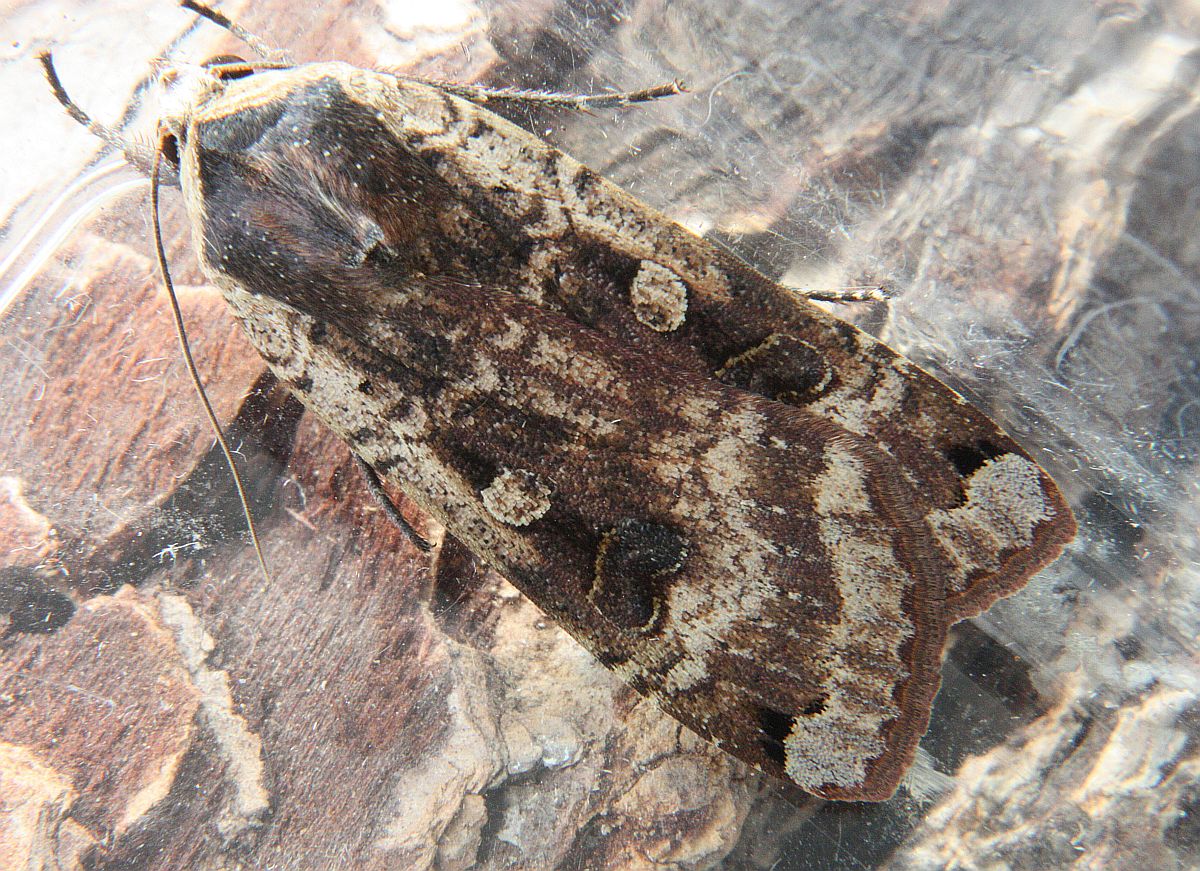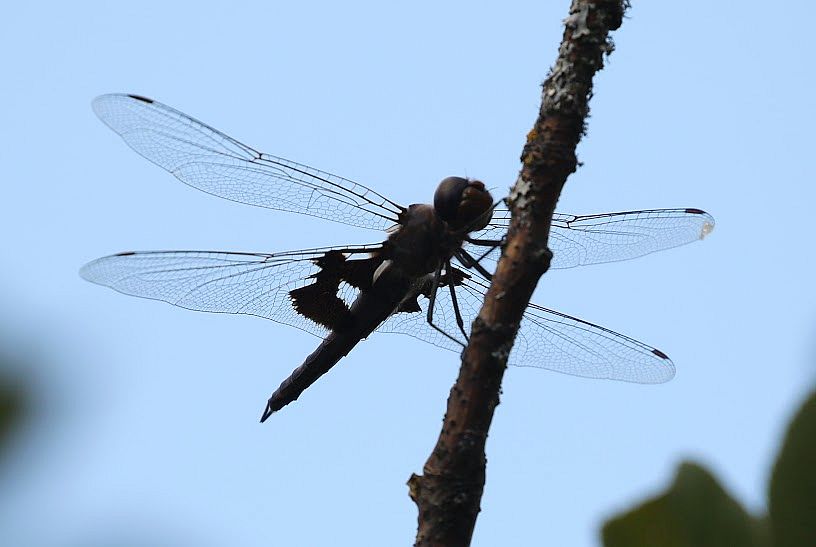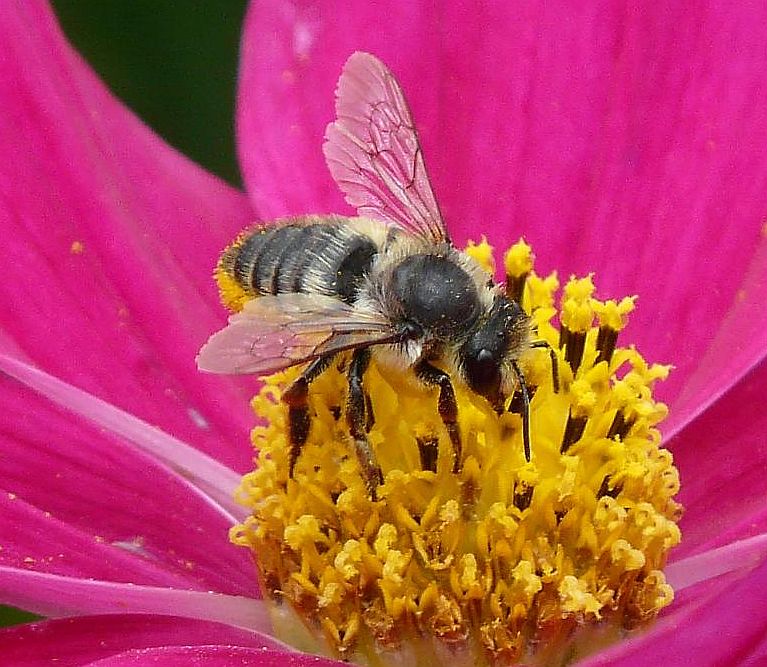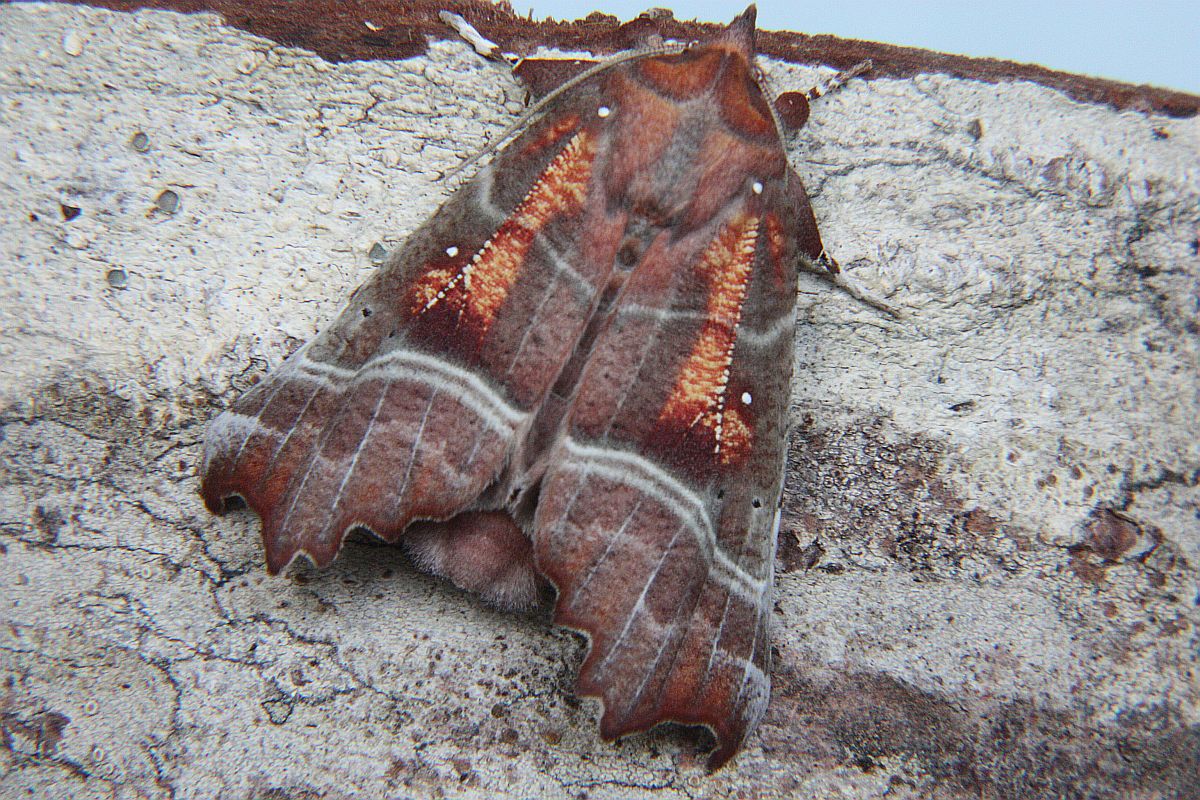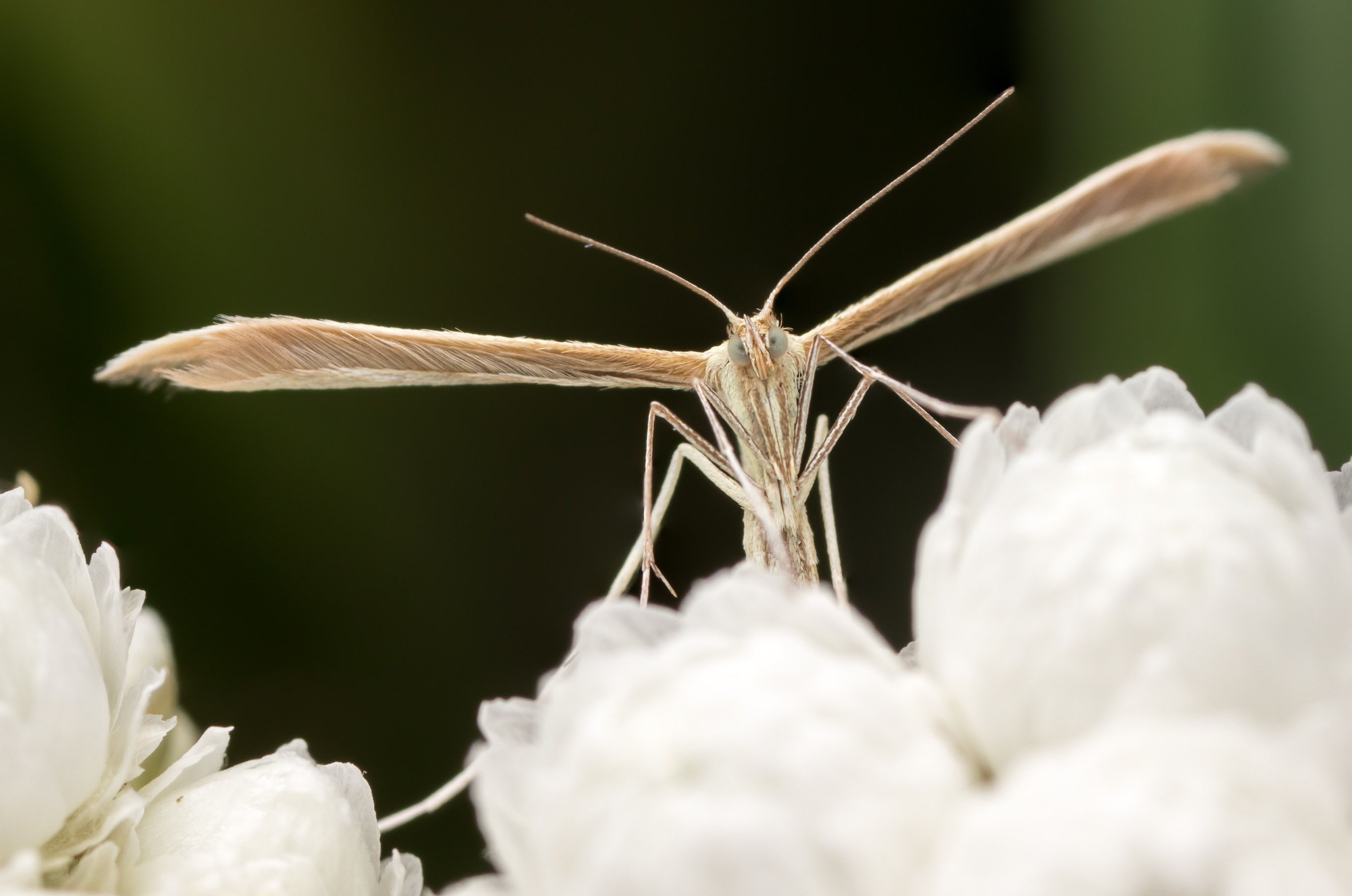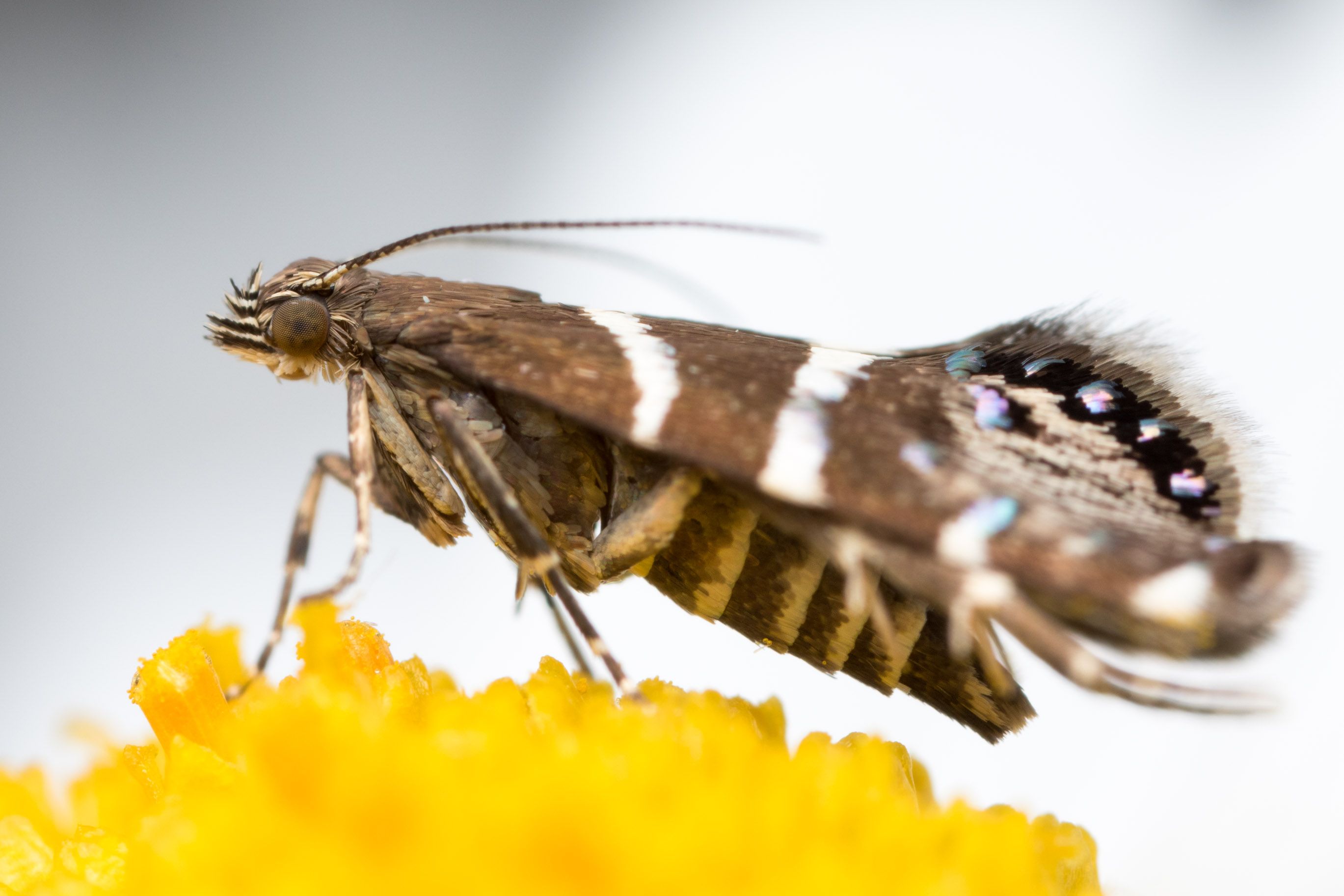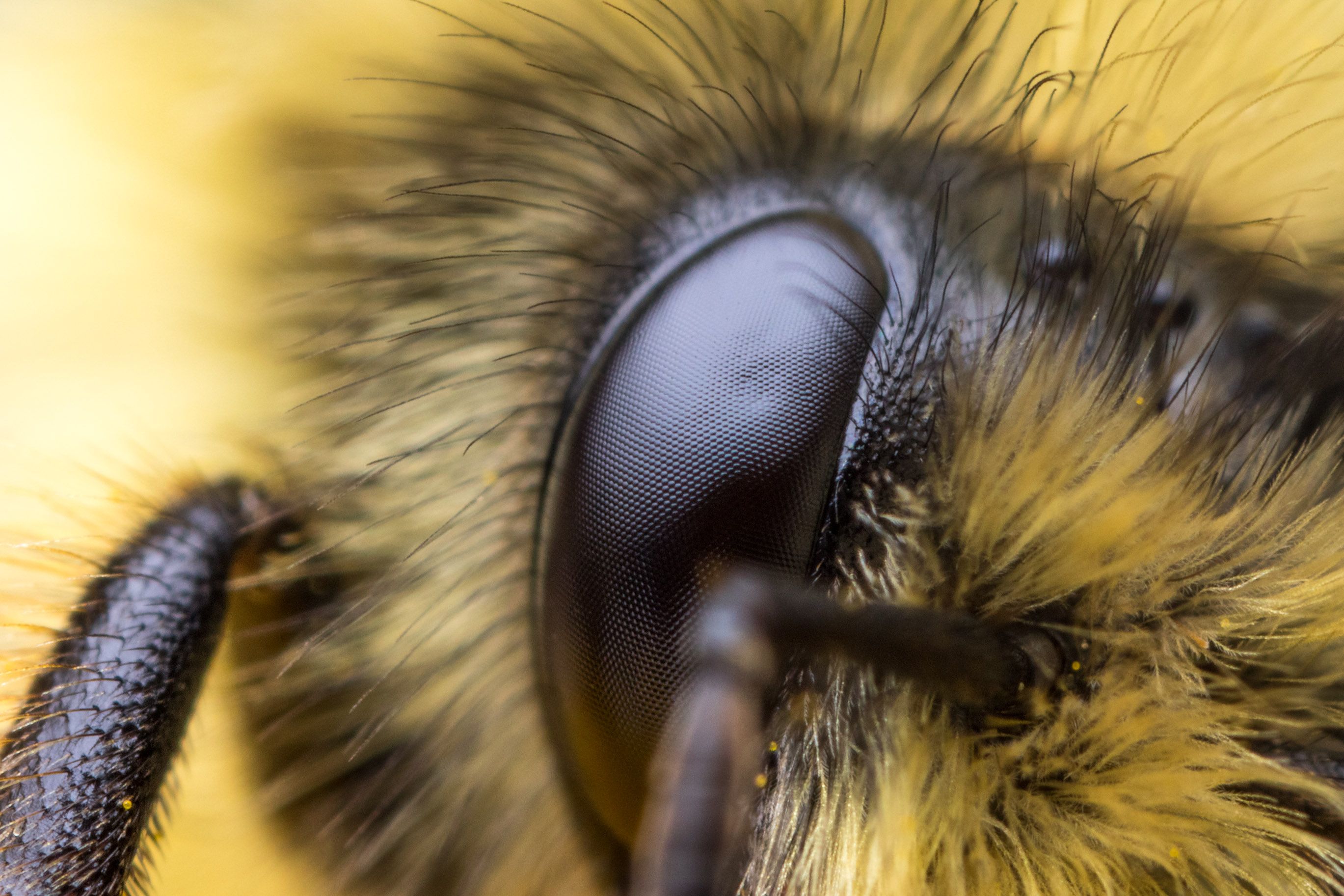2016 July 12
Jeremy Tatum shows a photograph of a Nycteola species reared from a caterpillar found at Blenkinsop Lake, where the moth was released today. The species N. frigidana and N. cinereana can be difficult to tell apart. It is often thought that the caterpillar of the former feeds on willow, and the latter feeds on poplar. I have often felt a little uncertain about that, because willow-feeding caterpillars often feed on poplar as well, and vice versa. Anyway, I am pretty sure that this moth is Nycteola cinereana, although the caterpillar was found and reared on willow, not poplar, so the above rule is evidently not completely watertight, and not to be relied on for identification.
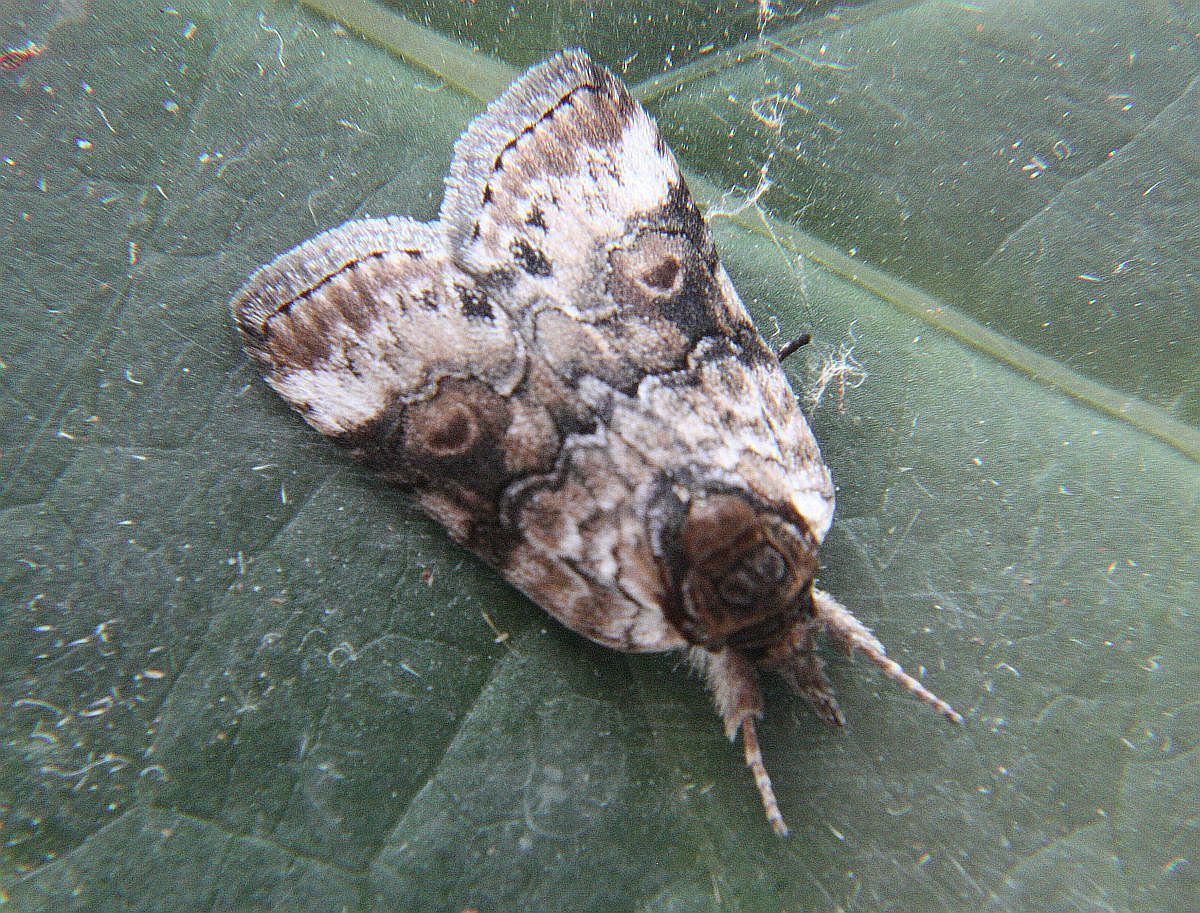
 Nycteola cinereana (Lep.: Nolidae) Jeremy Tatum
Nycteola cinereana (Lep.: Nolidae) Jeremy Tatum
Two more colouful photographs of a leafcutter bee, in Gorge Park, from Annie Pang:
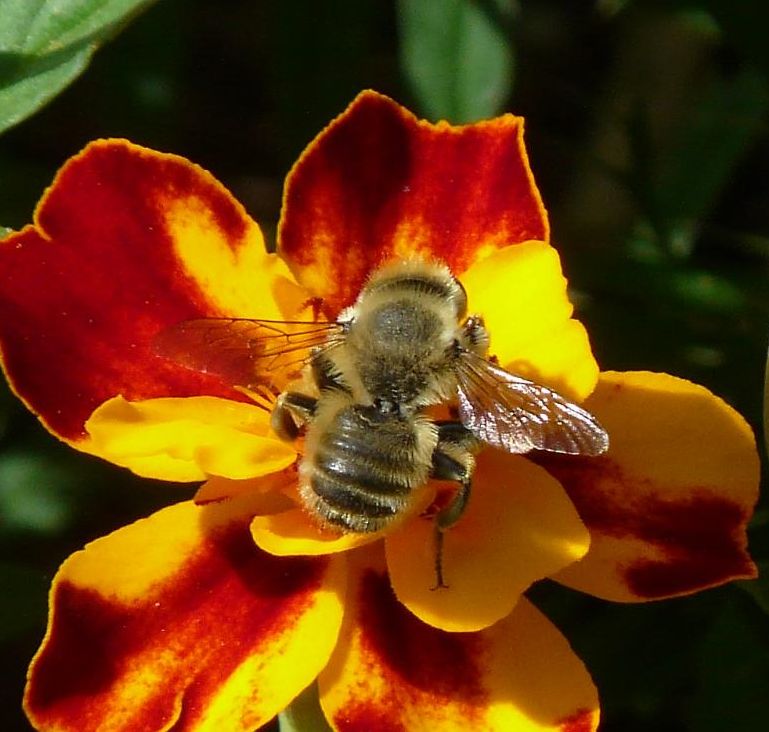
 Megachile perihirta (Hym.: Megachilidae) Annie Pang
Megachile perihirta (Hym.: Megachilidae) Annie Pang
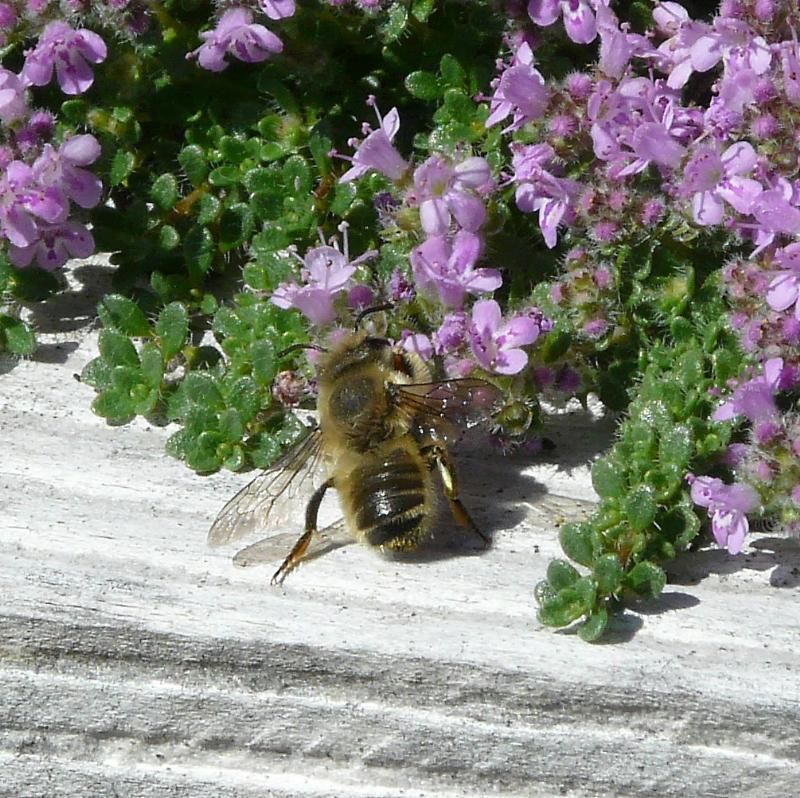
 Megachile perihirta (Hym.: Megachilidae) Annie Pang
Megachile perihirta (Hym.: Megachilidae) Annie Pang
Aziza Cooper reports a Western Spring Azure from Brighton Avenue, July 12. This is just two days after another one was seen in Sidney (See July 10).

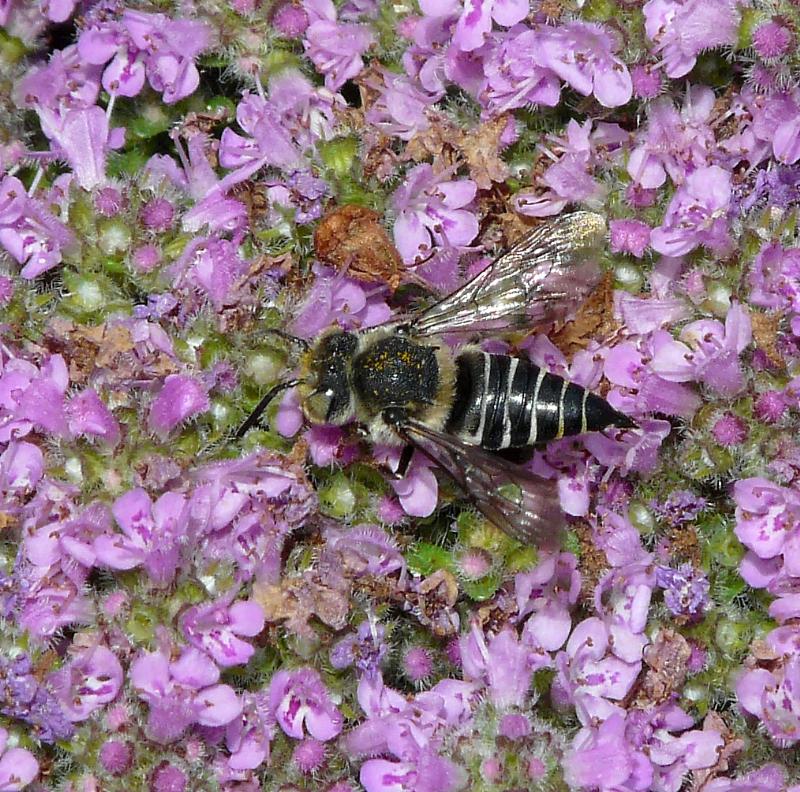
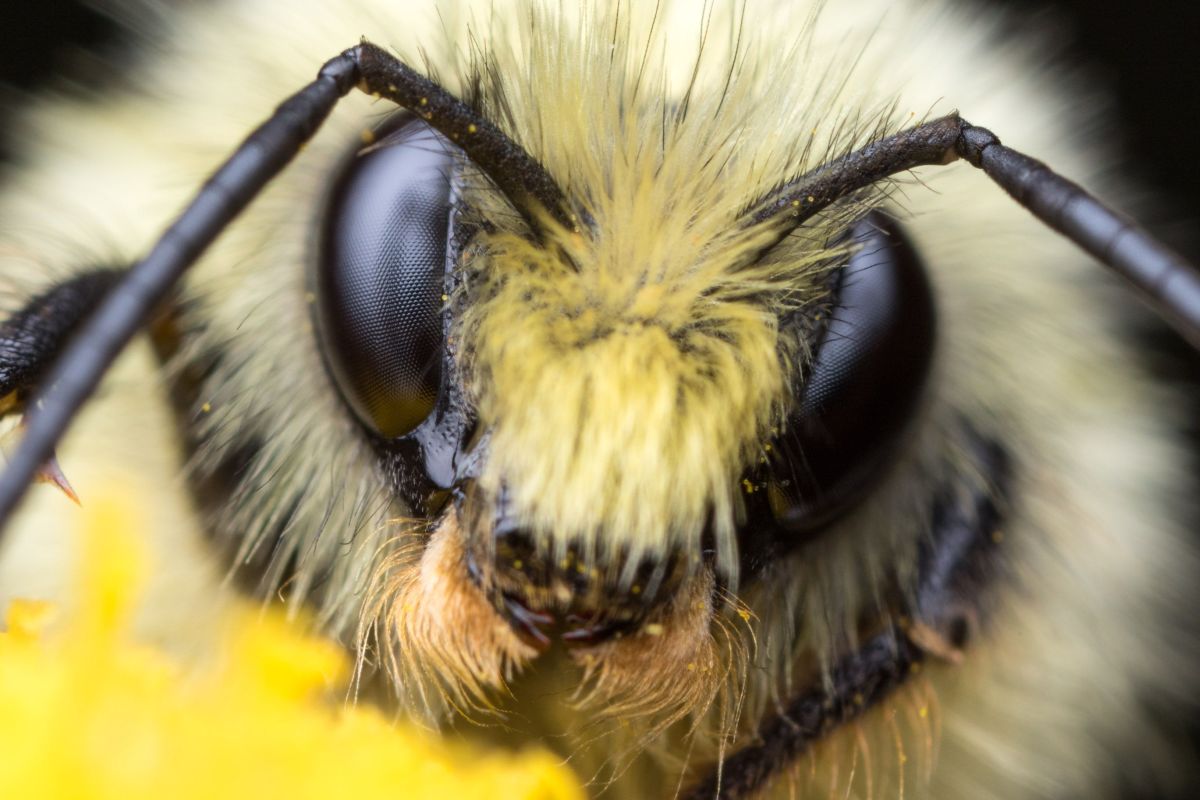
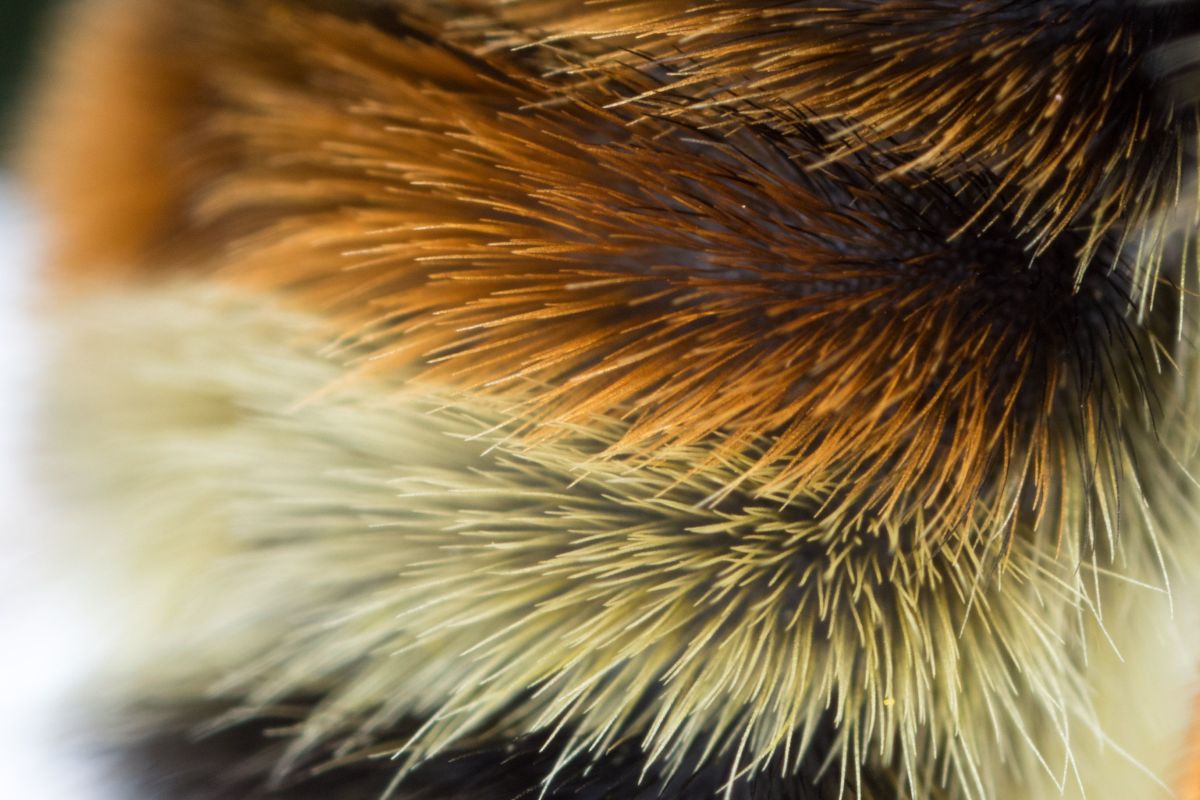
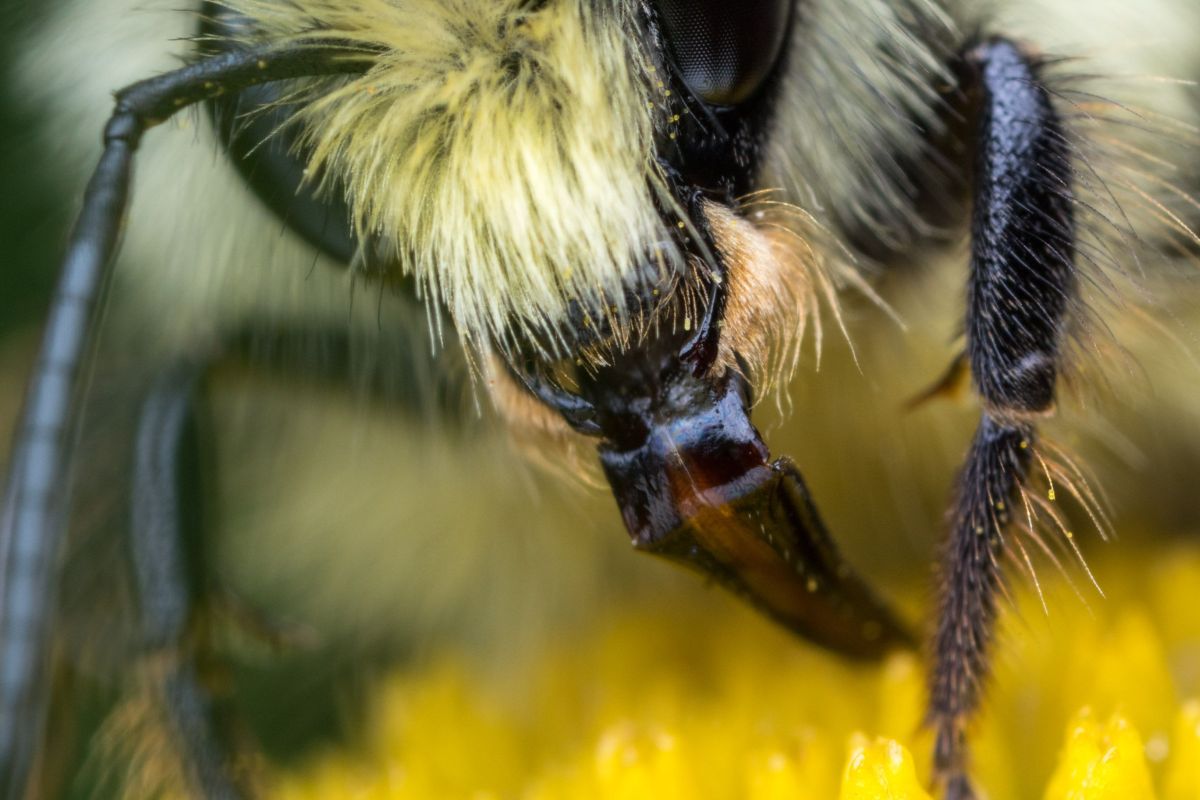
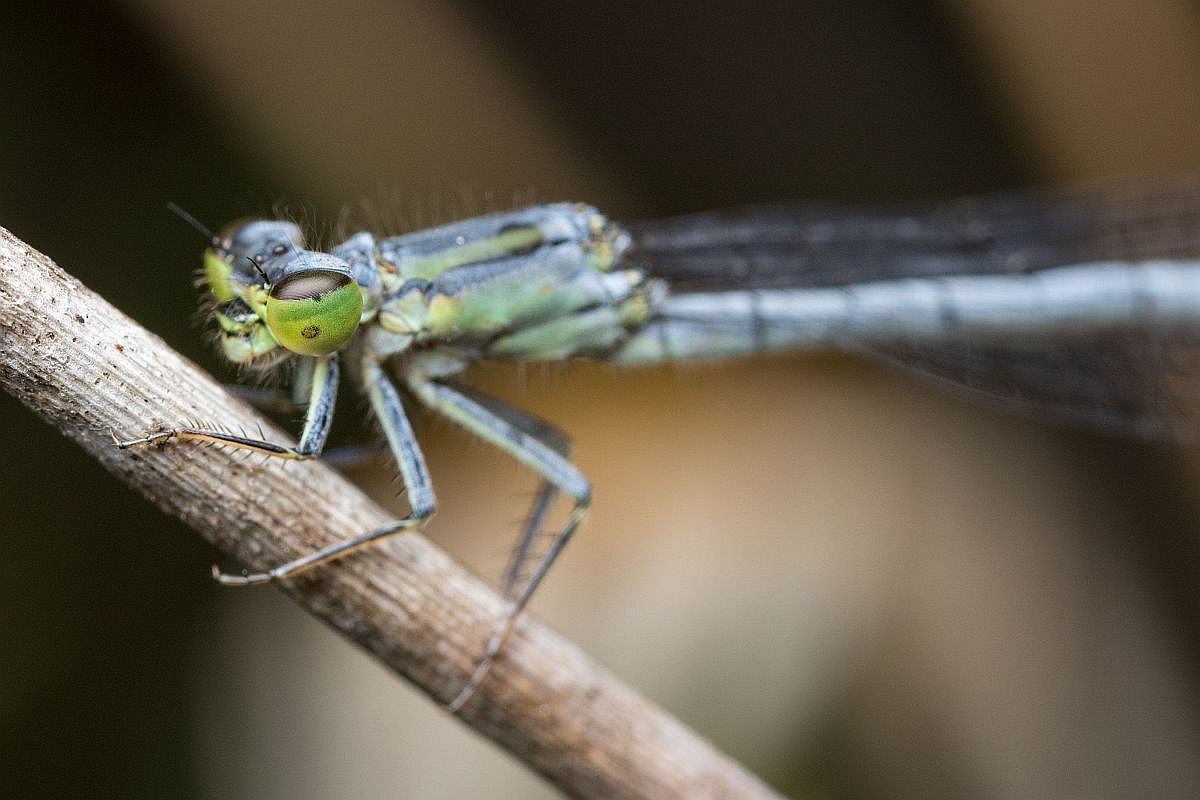
 Damselfly (Odo.: Coenagrionidae) Thomas Barbin
Damselfly (Odo.: Coenagrionidae) Thomas Barbin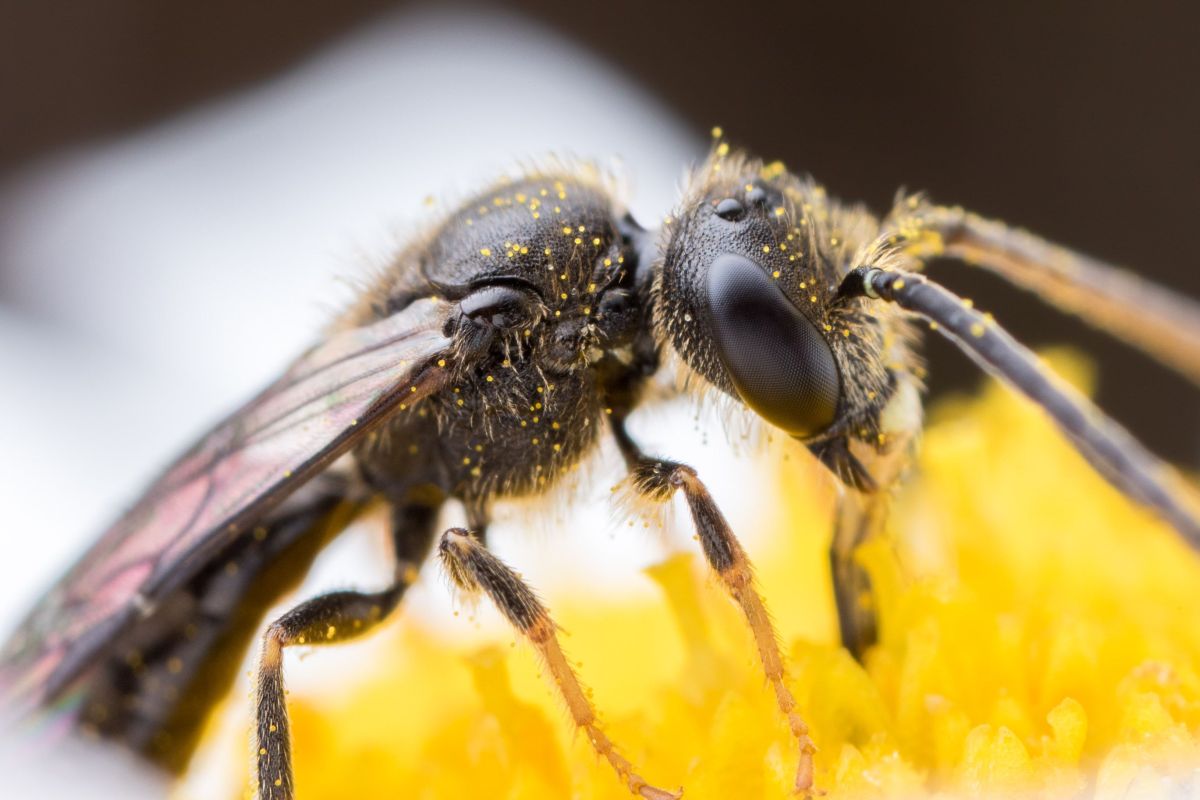
 Sweat bee Lasioglossum sp. (Hym.: Halictidae) Thomas Barbin
Sweat bee Lasioglossum sp. (Hym.: Halictidae) Thomas Barbin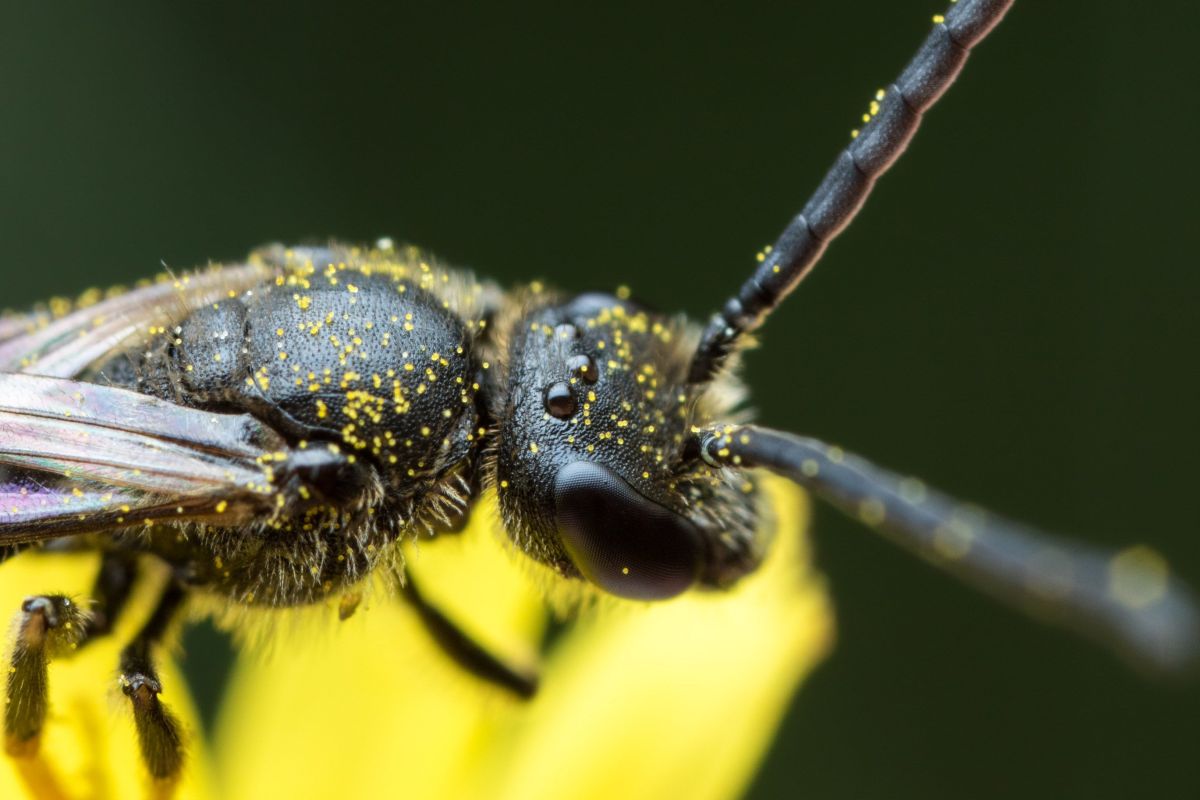
 Sweat bee Lasioglossum sp. (Hym.: Halictidae) Thomas Barbin
Sweat bee Lasioglossum sp. (Hym.: Halictidae) Thomas Barbin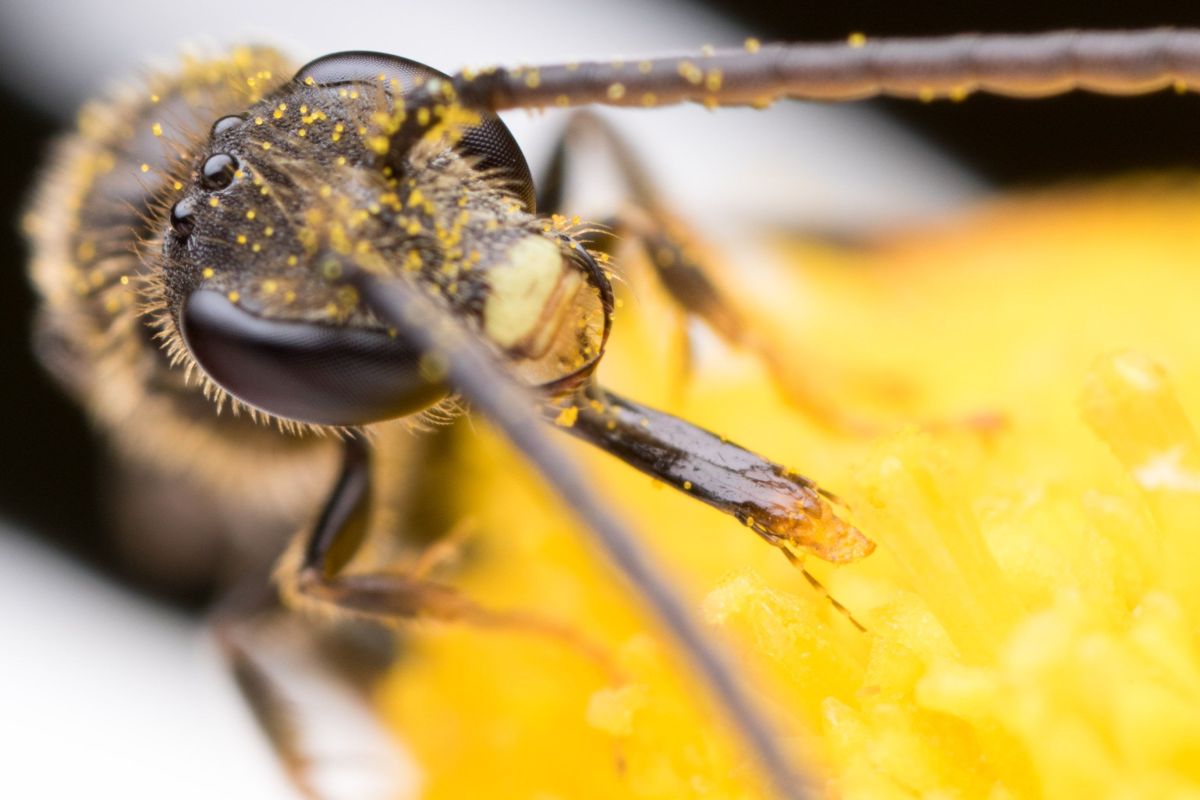
 Sweat bee Lasioglossum sp. (Hym.: Halictidae) Thomas Barbin
Sweat bee Lasioglossum sp. (Hym.: Halictidae) Thomas Barbin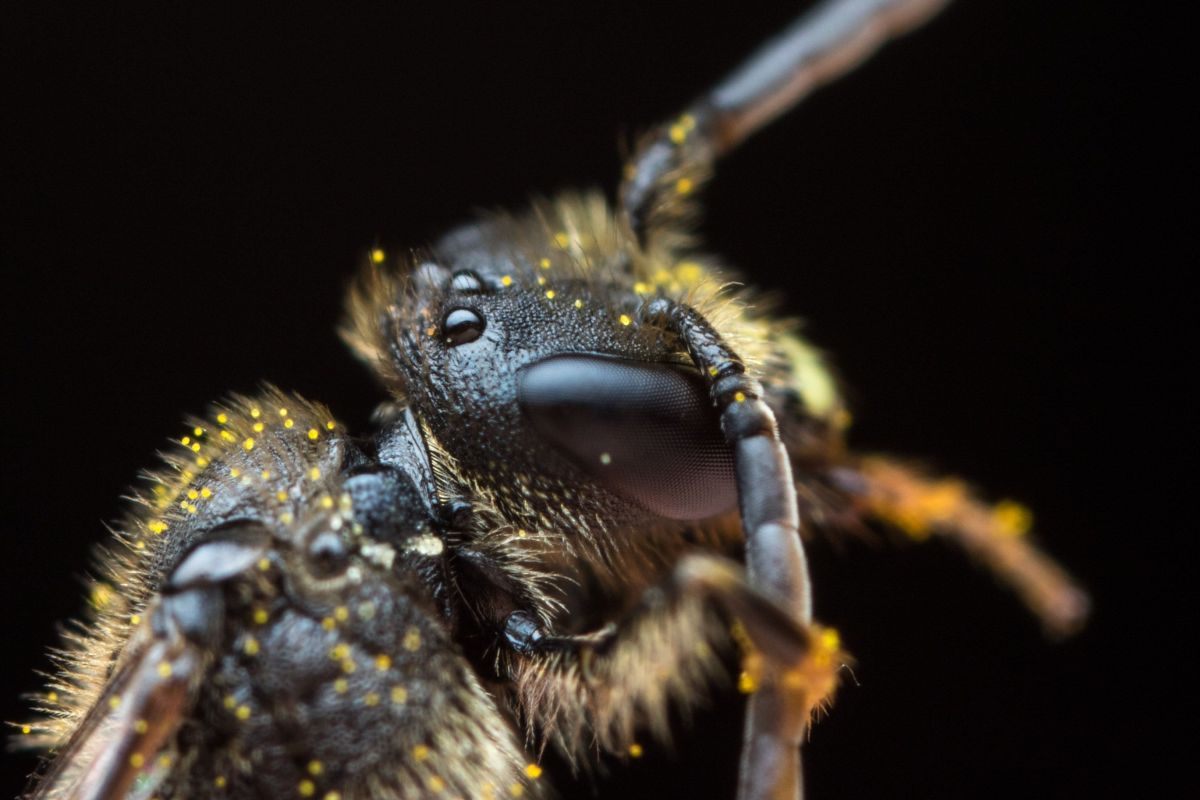
 Sweat bee Lasioglossum sp. (Hym.: Halictidae) Thomas Barbin
Sweat bee Lasioglossum sp. (Hym.: Halictidae) Thomas Barbin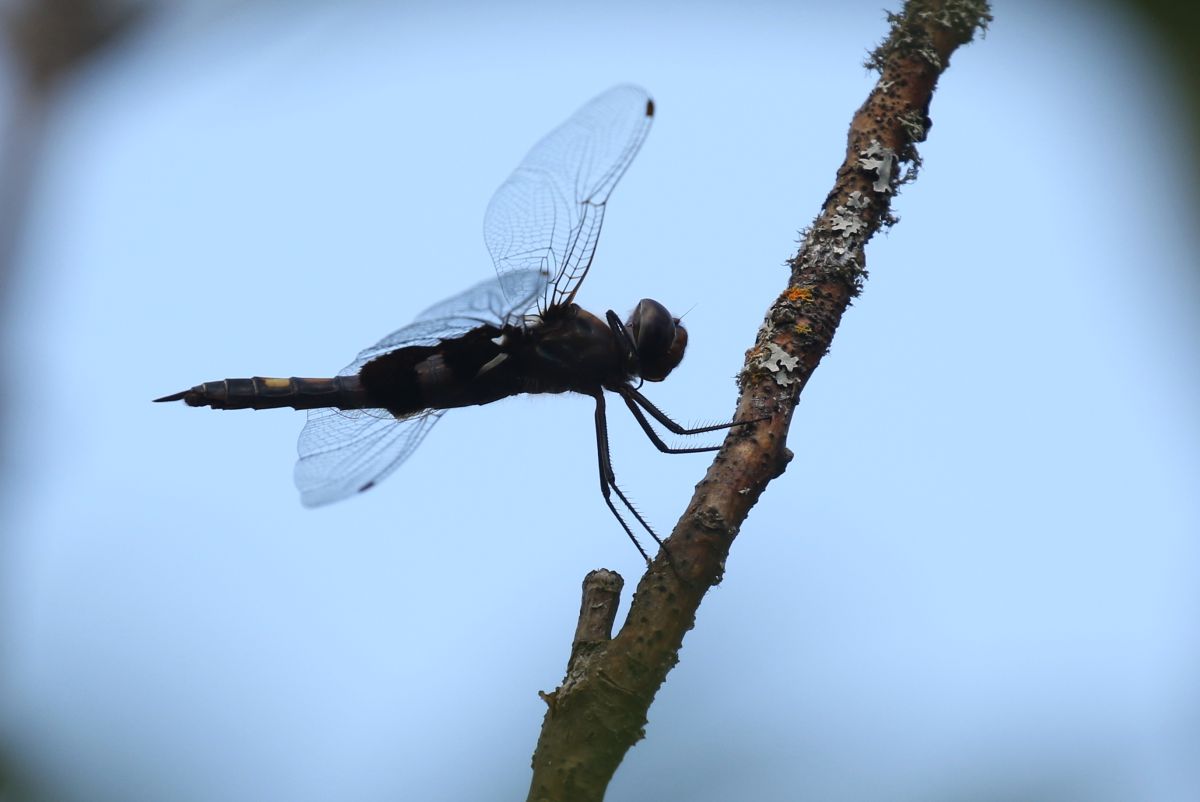
 Black Saddlebags Tramea lacerata (Odo.: Libellulidae) Liam Singh
Black Saddlebags Tramea lacerata (Odo.: Libellulidae) Liam Singh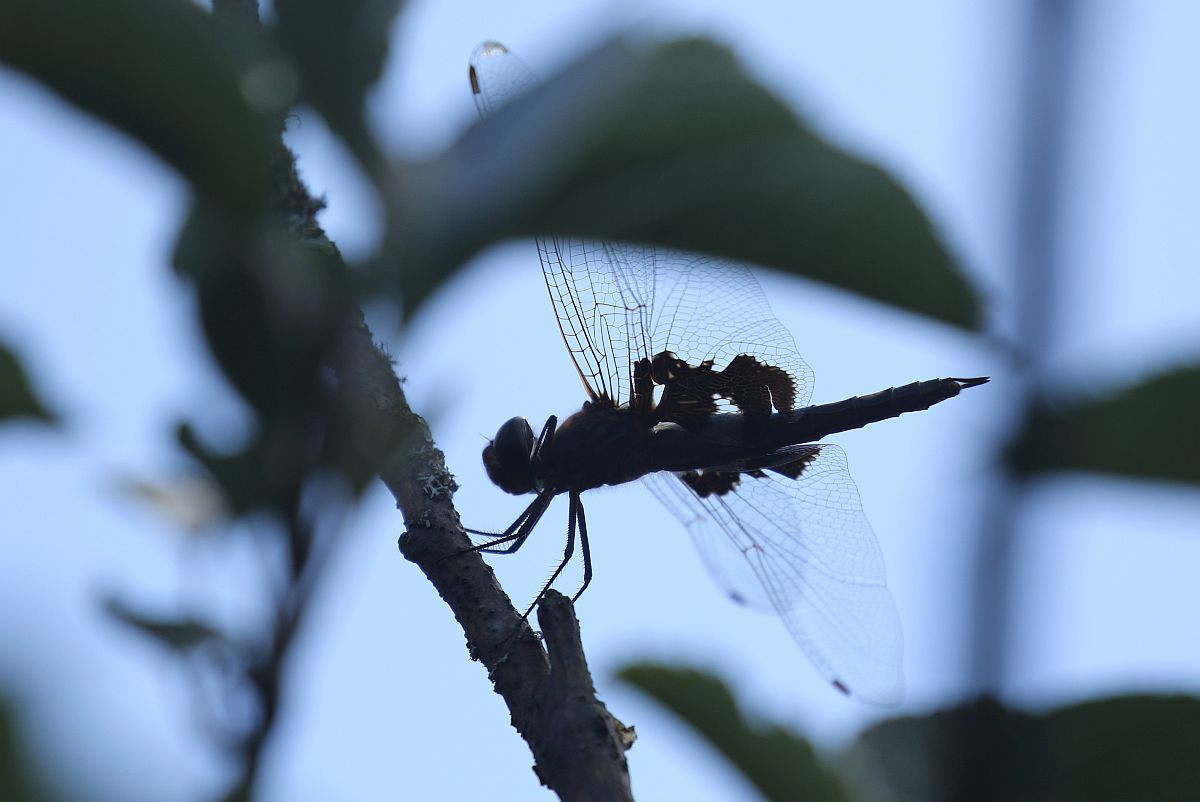
 Black Saddlebags Tramea lacerata (Odo.: Libellulidae) Liam Singh
Black Saddlebags Tramea lacerata (Odo.: Libellulidae) Liam Singh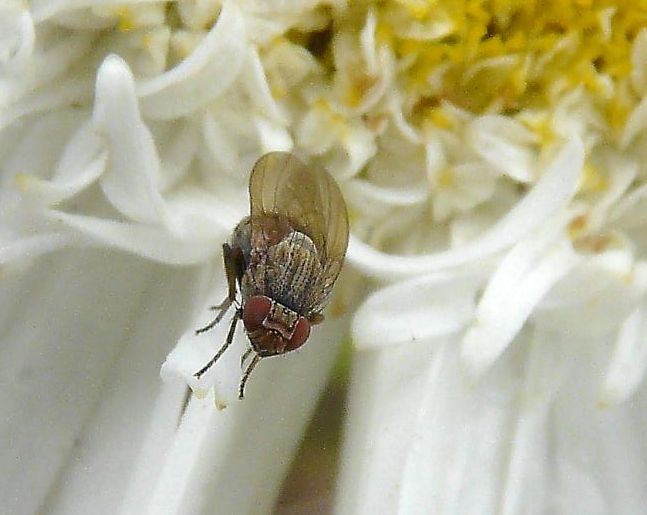
 Fly (Dip.: possibly Lauxaniidae) Annie Pang
Fly (Dip.: possibly Lauxaniidae) Annie Pang
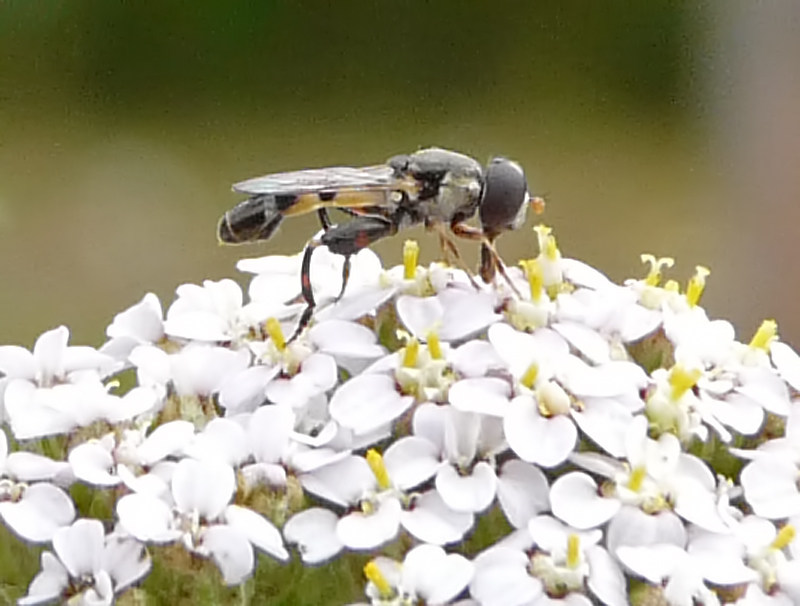
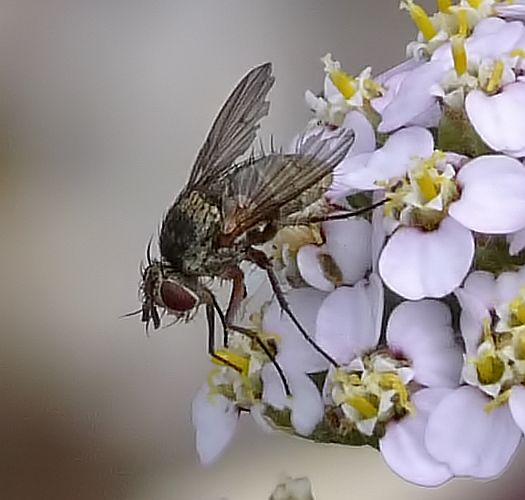
 Fly (Dip.: possibly Tachinidae) Annie Pang
Fly (Dip.: possibly Tachinidae) Annie Pang